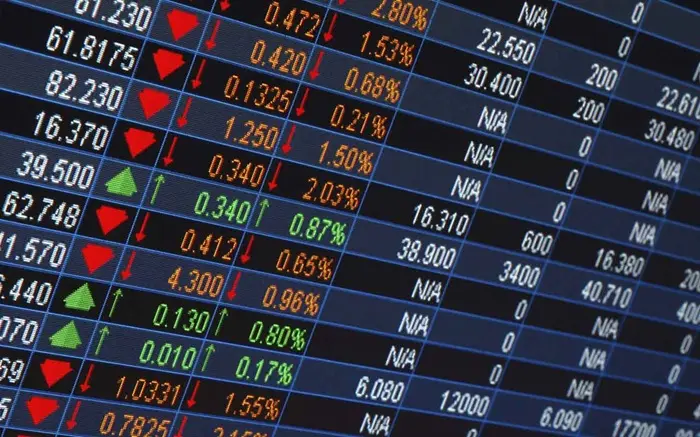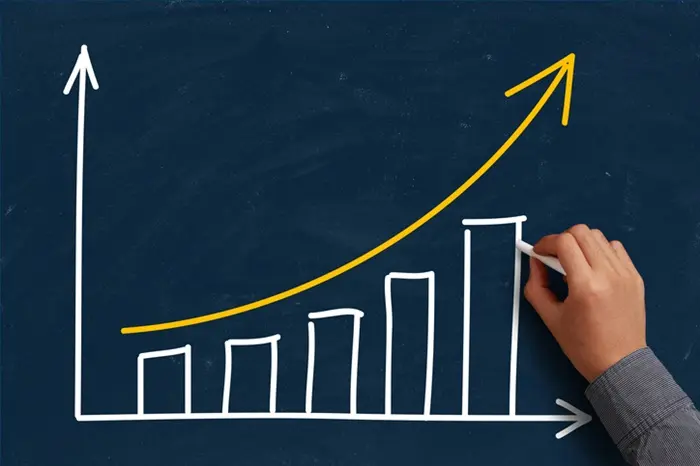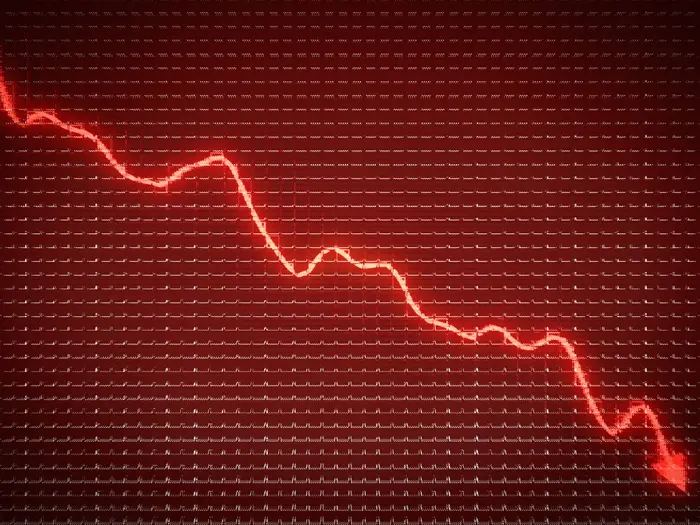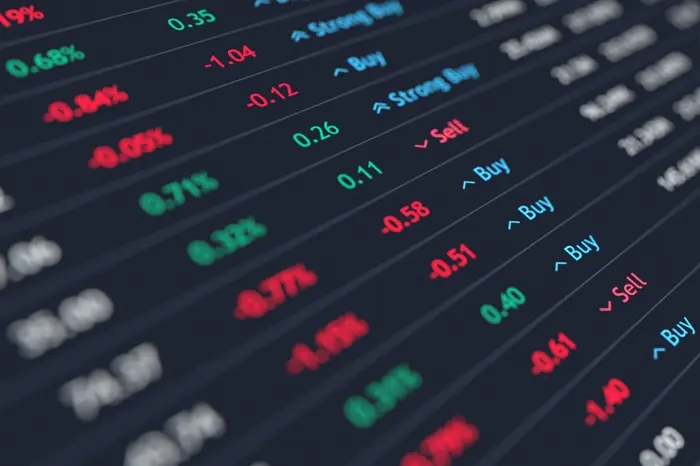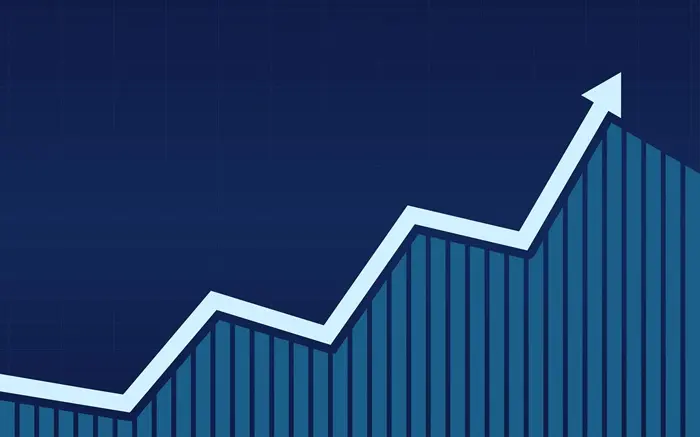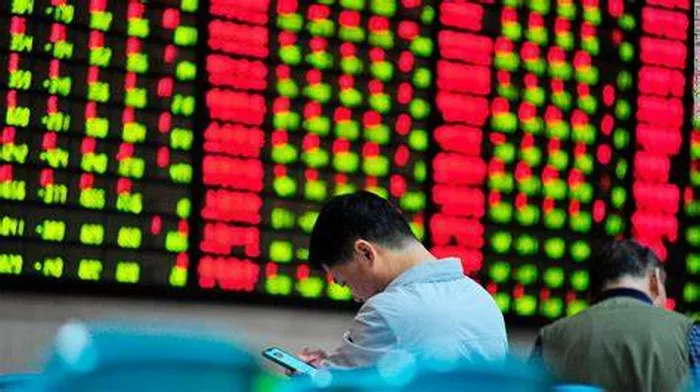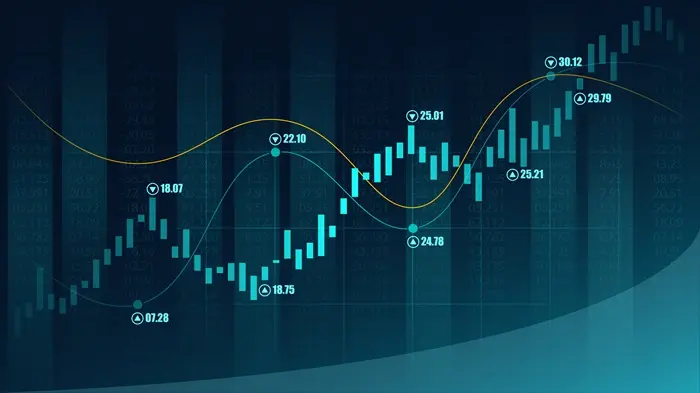Intraday trading, also known as day trading, is a popular trading strategy where investors buy and sell stocks within the same trading day. The goal is to capitalize on short-term price movements, often taking advantage of small fluctuations in stock prices to generate profits. While intraday trading can be highly profitable, it also involves significant risk and requires a strategic approach to selecting the right stocks.
In this article, we will explore how to select stocks for intraday trading. We will cover key strategies, technical indicators, and essential factors to consider when picking stocks for this type of fast-paced trading. By understanding these concepts, you can increase your chances of making profitable intraday trades.
What is Intraday Trading?
Intraday trading involves the purchase and sale of stocks within the same trading day, typically before the market closes. Unlike long-term investors who hold stocks for weeks, months, or years, intraday traders aim to take advantage of price movements that occur within hours or even minutes.
The primary goal of intraday trading is to capitalize on short-term volatility. Traders look for opportunities to buy stocks at lower prices and sell them at higher prices, or vice versa, in order to make a profit. This form of trading requires a keen understanding of market trends, technical analysis, and a disciplined approach to risk management.
Characteristics of Good Intraday Stocks
To increase the chances of success in intraday trading, you must carefully select stocks that exhibit certain characteristics. These qualities make the stock more likely to experience the volatility needed to make profitable trades within a short time frame.
1. High Liquidity
Liquidity refers to the ability to buy and sell a stock without causing a significant impact on its price. Stocks with high liquidity allow traders to enter and exit positions quickly and efficiently, which is crucial for intraday trading. Without high liquidity, traders may experience slippage (when the execution price is different from the expected price), which can lead to losses.
Stocks with high trading volumes, such as those in the S&P 500 or large-cap stocks, typically have good liquidity. Traders can easily buy and sell shares of these stocks at competitive prices.
2. Volatility
Volatility refers to the degree of price fluctuation in a stock over a given period. Intraday traders rely on volatility to make profits, as price swings create opportunities for buying and selling at favorable prices. Stocks with high volatility tend to move significantly in short periods, which is ideal for capturing price movements within a single trading day.
However, it’s important to note that volatility also increases risk. Intraday traders should balance volatility with other factors to ensure that the stock’s price movement is predictable enough for successful trades.
3. Strong Market Sentiment
Market sentiment is the overall attitude of investors toward a particular stock or the broader market. Stocks with positive market sentiment tend to experience upward price movements, while stocks with negative sentiment may face downward pressure.
Intraday traders should look for stocks with strong, positive sentiment, as these stocks are more likely to experience upward momentum during the trading day. Sentiment can be influenced by news, earnings reports, or other events that impact investor confidence.
4. Trending Stocks
Stocks that are trending in a particular direction—either upward or downward—are often good candidates for intraday trading. A strong trend indicates that the stock has a clear price direction, which allows traders to capitalize on price movements in the same direction.
Traders can use technical indicators, such as moving averages, to identify stocks with strong trends. When a stock is in a strong uptrend, intraday traders may look to buy on pullbacks, while in a downtrend, they may seek short-selling opportunities.
5. News and Events
Stocks that are affected by news and events often experience sharp price movements, which can present opportunities for intraday traders. Examples of such events include earnings reports, product launches, government announcements, or geopolitical events.
Traders should stay informed about the latest news and monitor events that could cause significant market reactions. However, it’s important to act quickly as the price movements caused by news events can be short-lived.
Key Factors to Consider When Selecting Stocks for Intraday Trading
1. Price Range and Stock Behavior
Before selecting a stock for intraday trading, it’s essential to consider its price range and how it behaves during the trading day. Some stocks move in a narrow price range, while others exhibit larger price fluctuations. Intraday traders should focus on stocks that have the potential for meaningful price movements within the day.
Price Range: Look for stocks with a minimum price movement of at least 2-3% during the trading day. This ensures that there is enough room for profit from price fluctuations.
Stock Behavior: Monitor how the stock reacts during different market conditions. Some stocks may be more responsive to market sentiment, while others might be less volatile.
2. Technical Analysis
Technical analysis is the study of past price movements and market data to forecast future price movements. This is a crucial tool for intraday traders, as it helps them identify potential entry and exit points.
Key technical indicators to use when selecting stocks for intraday trading include:
Moving Averages: Moving averages, such as the 50-day and 200-day moving averages, can help identify trends. A stock trading above its moving average might be in an uptrend, while a stock trading below its moving average could be in a downtrend.
Relative Strength Index (RSI): RSI measures whether a stock is overbought or oversold. An RSI above 70 indicates overbought conditions, while an RSI below 30 indicates oversold conditions. Intraday traders can use this to find potential reversal points.
Bollinger Bands: Bollinger Bands measure volatility and show potential price breakout points. Stocks touching the upper band may indicate overbought conditions, while stocks touching the lower band may indicate oversold conditions.
Volume: Volume plays a crucial role in intraday trading. Stocks with higher volume are more liquid and less likely to experience slippage.
3. Risk-to-Reward Ratio
The risk-to-reward ratio is a critical concept in trading. It measures how much risk you are taking relative to the potential reward. In intraday trading, traders should aim for a positive risk-to-reward ratio, meaning the potential reward should outweigh the potential risk.
A common risk-to-reward ratio for intraday traders is 1:2 or 1:3. This means that for every dollar you risk, you aim to make at least two or three dollars in profit. Maintaining a favorable risk-to-reward ratio ensures that you can still be profitable even if not every trade is successful.
4. Stop-Loss and Take-Profit Levels
In intraday trading, it’s essential to have clear exit strategies. A stop-loss order is a predetermined price at which you will exit the trade if the stock moves against you. A take-profit order is a price level at which you will exit the trade when you reach your desired profit target.
By setting stop-loss and take-profit levels, you can minimize losses and lock in profits without needing to monitor the market constantly. This disciplined approach to risk management is crucial for maintaining profitability in intraday trading.
5. Time of Day
The time of day can also impact stock performance. Typically, the first and last hours of the trading day see the most volatility and volume, providing more opportunities for intraday traders. During the middle of the day, the market tends to be quieter, and price movements may be less pronounced.
Traders should focus on the first 1-2 hours of the trading session and the last 1-2 hours for the most active price movements. Avoid trading during the middle of the day, as the market tends to lack momentum.
Tools and Resources for Selecting Intraday Stocks
To select stocks effectively for intraday trading, traders rely on a variety of tools and resources. These include:
1. Stock Screeners
Stock screeners are online tools that allow traders to filter stocks based on specific criteria, such as price, volume, volatility, or technical indicators. Screeners help traders quickly find stocks that meet their criteria for intraday trading.
Popular stock screeners include:
- Finviz
- TradeStation
- Yahoo Finance
- StockFetcher
2. News Feeds
Staying informed about market news is essential for intraday traders. News feeds provide real-time updates on market events, earnings reports, and other factors that could influence stock prices.
- Bloomberg
- Reuters
- CNBC
- MarketWatch
3. Charting Software
Charting software allows traders to visualize stock price movements and apply technical indicators. Tools like TradingView and MetaTrader 4 provide interactive charts that can help traders analyze stock trends and identify potential entry and exit points.
4. Broker Platforms
Many brokers offer advanced tools and platforms for intraday traders, including real-time data, charting tools, and stock screeners. Choosing a broker with an intuitive platform that offers low commissions and fast execution can make a significant difference in your trading performance.
Popular brokerage platforms include:
- TD Ameritrade
- Interactive Brokers
- Charles Schwab
- E*TRADE
Conclusion
Selecting the right stocks for intraday trading requires a strategic approach that combines technical analysis, market sentiment, and a disciplined risk management strategy. By focusing on stocks with high liquidity, volatility, and positive trends, traders can increase their chances of success in the fast-paced world of intraday trading.
While intraday trading can be highly profitable, it also comes with significant risks. To maximize your chances of success, it’s crucial to stay informed, use the right tools, and develop a clear plan for entering and exiting trades. With careful research and preparation, intraday trading can become a valuable part of your investment strategy.
Related topics:

